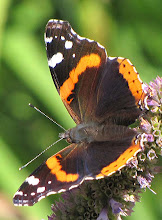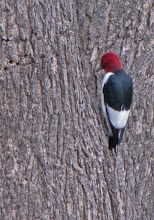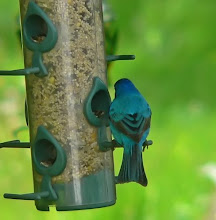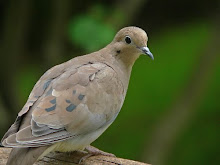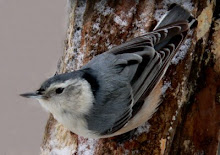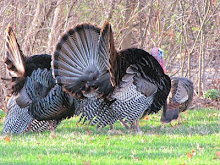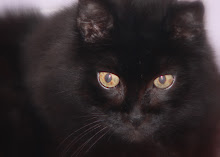
This little guy visited me last spring on his way farther north. Of course I can't be sure it was the same bird but it's actually a reasonable guess to think my maple tree is a landmark he navigates for every year. I dropped my spade and ran for the camera. For the next hour we played ring around the maple tree. He was just a little shy making it a point to always be on the opposite side of the tree trunk from my camera.
 This is a yellow bellied sapsucker. I know, it sounds like a name some cartoon characters use to trade insults. We don't see them often in this area, they just pass through on their way from Panama and Mexico to the forests of far northern US states and Canada. This little woodpecker is considered a keystone bird, one whose existence is vital for other birds in the community. Bats, squirrels, porcupines, and many types of birds including warblers, hummingbirds, nuthatches, and other woodpeckers are among the throngs that will eat sap made available by the sapsuckers. Most of these animals will also eat the many insects that are attracted to the sap as well.
This is a yellow bellied sapsucker. I know, it sounds like a name some cartoon characters use to trade insults. We don't see them often in this area, they just pass through on their way from Panama and Mexico to the forests of far northern US states and Canada. This little woodpecker is considered a keystone bird, one whose existence is vital for other birds in the community. Bats, squirrels, porcupines, and many types of birds including warblers, hummingbirds, nuthatches, and other woodpeckers are among the throngs that will eat sap made available by the sapsuckers. Most of these animals will also eat the many insects that are attracted to the sap as well. It is thought that ruby-throats, and possibly rufous hummingbirds time their springtime arrival in Canada to coincide with peak sapsucker activity, and that the northern limit of their breeding ranges is determined by the presence of this woodpecker.

The male sapsucker is an idea family man. He selects the breeding territory, chooses the nest site, and does most of the nest cavity excavation. He also shares equally in the incubation of the developing eggs and nestlings (even taking the entire night shift) and does most of the nest cleaning. He actually does the lion’s share of feeding the young. In fact, males are more apt to succeed at single parenting. If one parent dies while young are in the nest, the young are more likely to survive to fledging if raised by the father.
I've read that during migration they seldom stay in any area longer than 48-hours which is a good thing for my poor trees. In reality the holes they drill won't hurt a mature, healthy tree.
Later in the fall when the sapsuckers migrate south again the males and females are very modern. They take separate vacations, the females traveling farther south.
~~~~~~~~~~~~
After my visit with the woodpecker it was time to put away the tools and go inside to watch the Santa Anita Derby. I'm the worst when it comes to picking winners. I always go for the handsome ones and ignore their track records. It was a slow race but the finish was exciting when four horses made a strong run for the wire. My number 3 pick, Pioneer of the Nile, won and my number 1 pick finished dead last;)











